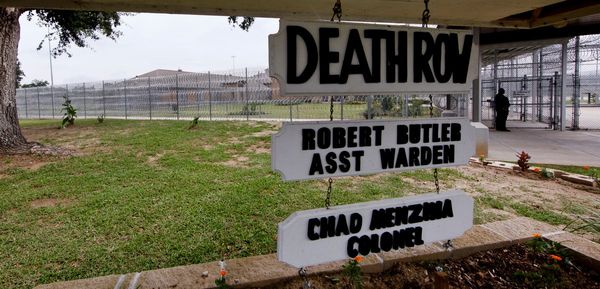If you get a little pang of sadness in your heart whenever you see a bike that’s clearly been neglected, this XL-sized timelapse restoration video is for you. This Yamaha XJR400 was apparently sitting, alone and unloved, for at least 21 years before a guy who goes by the YouTube name Fumicho Driving got his hands on it.
While the XJR400 has clearly seen better days, it’s definitely not in the worst condition we’ve ever seen. For one thing, any corroded bits of metal seem to just be on the surface, and there’s nowhere on this bike that’s more rust than metal, which is a definite plus. For another, he can tell fairly quickly that it really wants to run—and just needs a little detective work to figure out what’s preventing it from firing up. You want positive signs that you should continue trying to restore a bike, you’ve got ‘em.
Unfortunately, this bike didn’t come with a key, so the original ignition barrel has to come out, and a new one has to get wired into place. That’s fairly straightforward, and goes smoothly. Since it’s a carbureted inline four-cylinder engine, and it’s been sitting for at least 21 years, it also doesn’t take a brain genius to suspect that the carbs might be pretty gunked up. The next step is cleaning those out really well—because sure enough, there’s a decent amount of varnish and gunk clogging up Fumicho’s hopes and dreams.
A quick examination of the starter motor and a little key wire brush action are next in line, to hopefully give this bike what it needs to run. After that point, of course, there’s a ton more work to do—but there’s a difference between hoping it will all be worth it, and knowing that in the end, you’ll have a ridable machine that’s in good working order.
Does it work? Unfortunately, the answer is no. We soon find out that a bad ignition coil is the culprit—and after that’s switched out for a good one, the XJR400 fires right up. Hooking up the vacuum gauges and making adjustments soon reveals that there’s compression loss on one cylinder, but three out of four in good nick certainly isn’t bad.
Next, it’s time to take the bike apart, so the deep work can begin in earnest. All the parts come off, and the engine comes out of the frame and gets parked rather neatly on/in an old car tire for both support and easy access. Then, it’s time for everything to come apart, get cleaned, and go back together with new OEM gaskets and rubbers (you know, just like mama used to build).
After the engine is taken care of, it’s beautification time. If you’ve spent any time watching restoration videos, all the elements you’d expect are here. Lots of paint stripping, media blasting, wire wheels, hand sanding, priming, and airbrushing work galore, and it’s super satisfying to watch come together.
Toward the very end, Fumicho addresses the gauge cluster plastic, which is of course a bit hazy because it’s at least a couple of decades old—and, I mean, Yamaha started making this model in 1992. It’s nothing a little plastic polish can’t fix, and the end result (along with new chrome on the binnacles) comes up lovely and clear.
When he gets to the tank and strips it back to bare metal, because I’m me, I of course am hopeful for a moment that he’ll just clear-coat the polished metal and opt not to paint it. At first, it looks like the tank doesn’t have any dents in it, so it appears to be an excellent candidate for such treatment—but no, there’s one little dent that he ends up using a little filler to fix. There are some minor imperfections in the side covers, too, so those also get the filler and sanding treatment, prior to priming and painting.
The paint job that Fumicho goes for incorporates those lovely Yamaha 60th anniversary GP colors—red, black, and white. It’s not a replica, though—and the way he uses those colors results in what’s just a chef’s kiss of a completed project at the end. (The Racing Project Murashima—or RPM, if you like—exhaust is also a nice touch.)
This is a long timelapse video, but it’s well worth it. Take an hour and a half and give it a watch. You deserve it, especially when you see the finished project.







